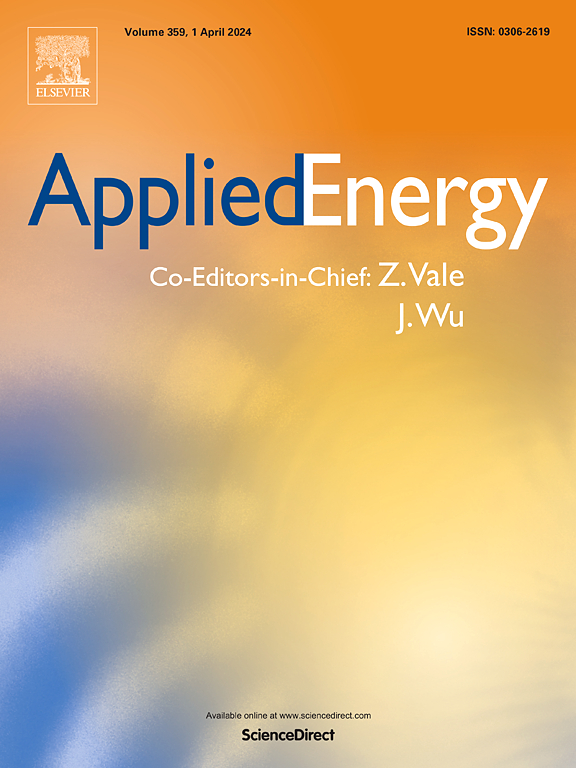OR-AGENT framework – Architecting electrified heavy-duty drayage applications
IF 10.1
1区 工程技术
Q1 ENERGY & FUELS
引用次数: 0
Abstract
The widespread adoption of zero-emission vehicles in heavy-duty (HD) commercial freight transportation faces considerable technoeconomic challenges. For heavy-duty trucks, ensuring high uptime, cost parity with diesel, and safety standards is especially critical as these vehicles operate over long distances with heavy loads, where any downtime or off-nominal behaviors significantly impacts logistics, productivity, and the total cost of ownership. Unlike traditional diesel refueling, BEV charging infrastructure must be co-optimized with vehicle deployment, operational demands, and grid capacity to ensure cost-effective and reliable freight operations. However, the lack of a standardized ownership and service model has led to a fragmented approach—where commercial vehicle operators may invest in, own, and maintain both vehicle/batteries and charging/energy infrastructure. This disconnect may exclude energy service providers from the equation, forcing fleet operators to explore ‘behind-the-fence’ energy solutions that increase capital investment, operational downtime, overhead costs, and, in some cases, net carbon emissions. To address these issues, this study introduces OR-AGENT (Optimal Regional Architecture Generation for Efficient National Transport), a comprehensive modeling framework that integrates powertrain architectures, charging infrastructures, and energy backbone systems into a cohesive strategy. In this paper, OR-AGENT is applied to develop an interconnected systems architecture for energy efficiency and resiliency enhancement of heavy-duty drayage vehicles at the Port of Savannah, GA. This framework showcases an interconnected systems approach to electrifying heavy-duty drayage vehicles at the Port of Savannah, GA. The study assessed BEVs with 400–1200 kWh battery capacities, accounting for seasonal variations in weather and freight routing. A diverse charging mix (150 kW–1250 kW) was evaluated alongside grid capacity constraints, cost, and carbon intensity analysis, leading to the development of a strategic microgrid/Distributed Energy Resources (DER) deployment architecture to ensure a reliable and sustainable transition. However, the findings also highlight the need for alternative zero-emission solutions for remaining trips, such as larger batteries, electrified roadways, hydrogen powertrains, or net-zero emission fuels. The findings are incorporated into a Total Cost of Ownership (TCO) model to identify optimal architectures for an interconnected electrified ecosystem.
求助全文
约1分钟内获得全文
求助全文
来源期刊

Applied Energy
工程技术-工程:化工
CiteScore
21.20
自引率
10.70%
发文量
1830
审稿时长
41 days
期刊介绍:
Applied Energy serves as a platform for sharing innovations, research, development, and demonstrations in energy conversion, conservation, and sustainable energy systems. The journal covers topics such as optimal energy resource use, environmental pollutant mitigation, and energy process analysis. It welcomes original papers, review articles, technical notes, and letters to the editor. Authors are encouraged to submit manuscripts that bridge the gap between research, development, and implementation. The journal addresses a wide spectrum of topics, including fossil and renewable energy technologies, energy economics, and environmental impacts. Applied Energy also explores modeling and forecasting, conservation strategies, and the social and economic implications of energy policies, including climate change mitigation. It is complemented by the open-access journal Advances in Applied Energy.
 求助内容:
求助内容: 应助结果提醒方式:
应助结果提醒方式:


